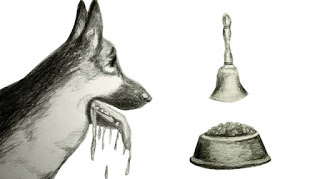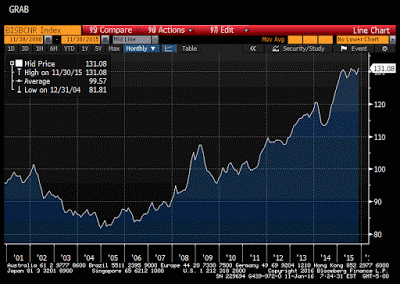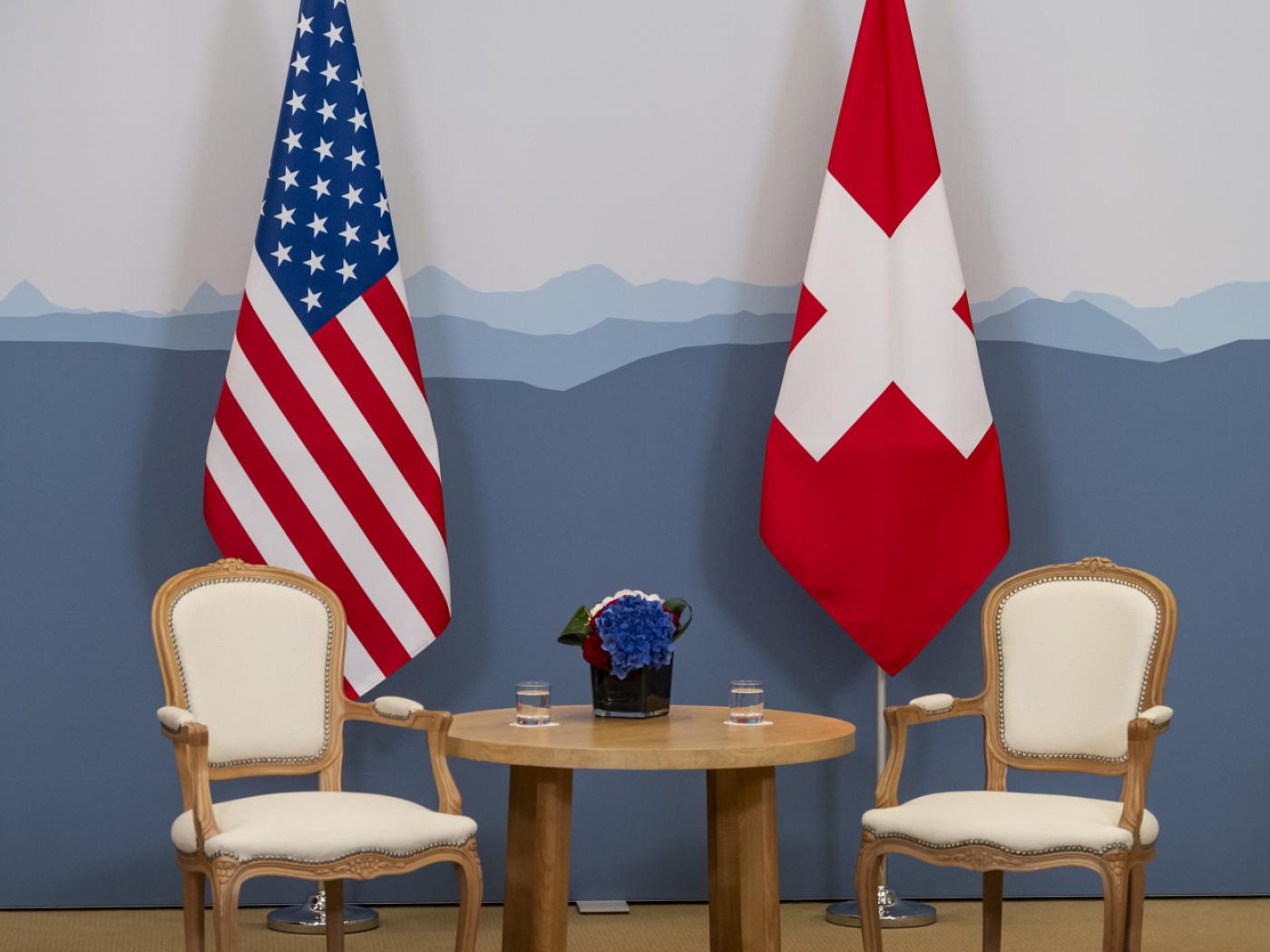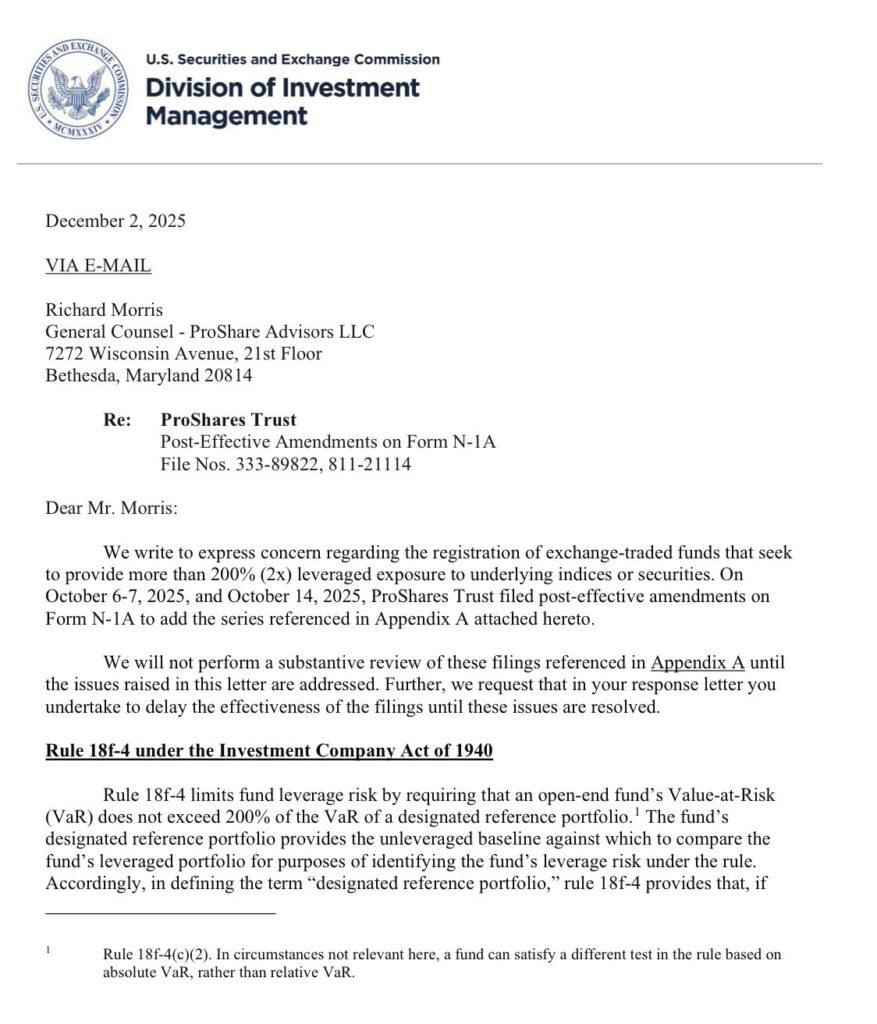The broad measures of the US dollar are trending higher, and former Fed Chair Bernanke recently refuted claims the US was engaged in a currency war. Many observers had thought that with its unprecedented asset-purchase program, the BOJ was engaged in a currency war. However, the yen has been the strongest major currency over the past six months, and its export volumes are contracting on a year-over-year basis.
Not to worry. Observers who seem almost to have a pathological predisposition to see currency wars at every turn, are settling on a new candidate: China. Chinese officials engineered a lower yuan in August. This unsettled global capital markets. Chinese officials seemed to pull back, allowing the yuan to move broadly sideways in September and October. The yuan began to drift lower again in November, and after being accepted by the IMF for inclusion in the SDR, the pace of decline accelerated. Its losses were extended at the start of the New Year.
There are several problems with accusing China of "currency war" tactics. At the bare minimum one needs to show that a currency has in fact weakened. And that weakness cannot simply be on a bilateral basis against one or even a few currencies. Here is a chart of the BIS's real (adjusted for inflation) trade-weighted measure of the yuan. It was last updated in November. Despite the summer gyrations against the dollar, the BIS index was made new highs in November.
Since the low in 2004, six months before the peg to the dollar was loosened, the yuan appreciated by 60% on a real broad trade-weighted basis according to the BIS measure. It appreciated 13.5% from the mid-2014 low to the November 2015 high.
It is possible that the inflation differential skews the results. The BIS tracks a nominal effective exchange rate for the yuan as well. It has performed similarly. It appreciated 52.3% from the low recorded in 2005. It rose nearly 13% since the low near mid-2014 through this past November.
To see what how the yuan has performed since November, we have to turn to private sector estimates. Bloomberg makes available Westpac's measure of the yuan's real effective exchange rate. The inflation-adjusted (real) measure rose 53.3% since the 2005 low and 13% from the 2014 low. The nominal measure from 50.2% since 2005 and about 15% from the 2014 low. This is cited to show that the private sector measure is a reasonably close approximation of the BIS measures.
Since the latest data point from the BIS (November) through last Friday, the Westpac nominal effective yuan index weakened by 2.5%. The real effective index has weakened by 1%. While this is a decline, it is not significant and cannot be fairly said to be a shot in the currency war.
China has not allowed market forces to take the yuan as low as could have been the case. We note that the PBOC reported a record $108 bln decline in reserves in December. Given that the euro and yen appreciated against the dollar that last month, one would have expected the value of China's reserves to have risen, all else being equal. Far from driving the yuan lower, Chinese officials used some of the reserves it accumulated to slow the yuan's decline.
In addition to a weaker currency, a currency war is about boosting exports. Chinese exports contracted nearly every month last year on a year-over-year basis. The December report will be released later this week. The Bloomberg consensus expects a 4.1% contraction after a 3.7% decline in November. It would be the largest decline since last August.
One can accept the realist view of international relations based on competition between nation-states, without having to accept the currency war claims. We have suggested that it is a bit like an arms control agreement. Countries who sign on to such agreements forswear development and/or deployment of some types of weapon systems. Similarly, under best practices as evolved from the G7 and G20, countries have agreed to accept or move toward market-driven exchange rates.
Every time a country eases monetary policy to help reflate its domestic economy, and its currency falls, it cannot be fairly accused of pursuing beggar-thy-neighbor policies. In fact, under the best practices, governments are encouraged to use interest rate tools rather than manipulate the exchange rate. There is an important difference between the two, even though some purists may see both as government interference.
Manipulating exchange rates is a zero-sum exercise. A country driving down the exchange rate to boost exports borrows or steals the aggregate demand of another country. There are few defenses outside of a competitive devaluation in response, and hence the risk of a downward spiral. On the other hand, cutting interest rates is not zero-sum. It can help facilitate an increase in domestic demand, some of which may be for foreign goods and services. Other countries can respond by cutting their own interest rates, providing additional financial support for new economic activity.
To be sure, China could be engaging in a currency war, but the case for this has not been established by the accusers. The currency has hardly weakened. Chinese officials are trying to stem its depreciation that cost it more than $100 bln last month. Its exports are not rising but still contracting. Some appear to be using this currency war meme far too casually. It is a powerful accusation that needs more weighty evidence than has been provided. We need to stay alert for it as the consequences are grave. We cannot afford to grow insensitive, even though the boy has cried wolf many times.
Tags:





































